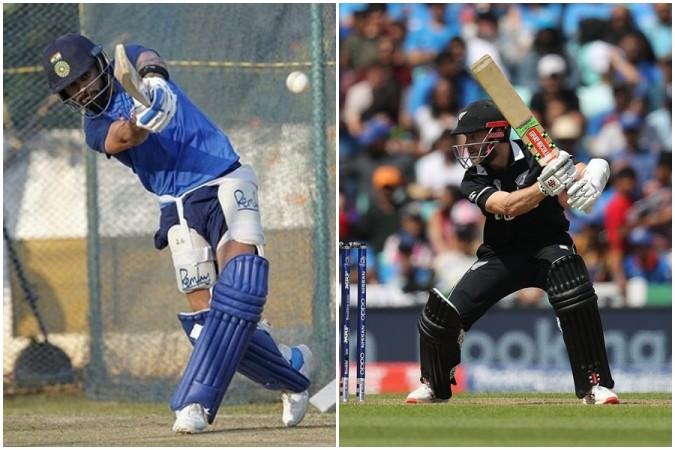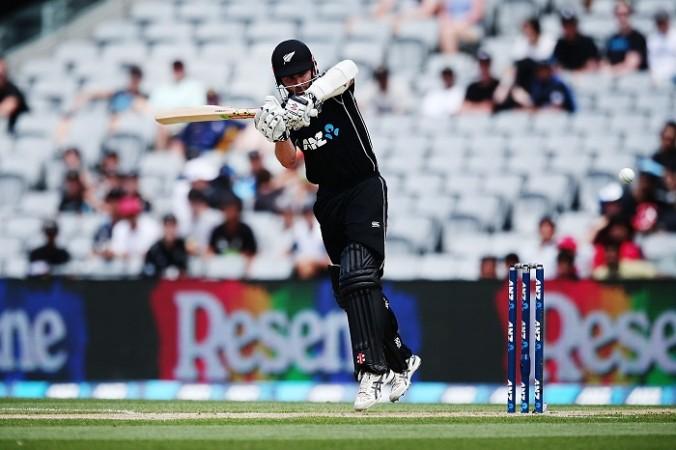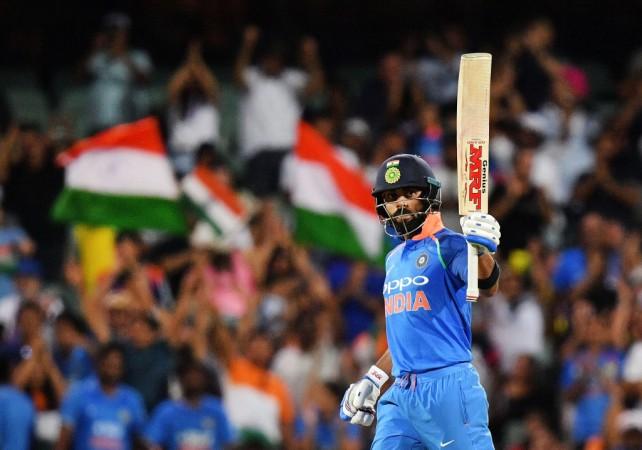
The late New Zealand great Martin Crowe had, some years ago, chosen four young batsmen as the future greats of batting in the modern era. They were: Virat Kohli, Steve Smith, Joe Root and Kane Williamson. While the first three belong to the most high-profile cricket nations and are, therefore, celebrated constantly, Williamson had, till then, remained below the radar. His batting style was also of a type that kept him understated.
But as the New Zealand captain has struck two consecutive high-quality centuries in the World Cup to lead his team to victory, first in a tricky chase and the other while reviving his team from early jolts, his greatness has become plainly visible once again. So, it is time to ask a rather pertinent, if somewhat provocative question: Is Williamson as good as, or even better than Virat Kohli, the undisputed world leader in batting?
Most Indian fans would snigger at the suggestion. How could Kohli, the man who is reaching unthinkable heights of success in all formats, have anyone even within sniffing distance of him in the race to be the best batsman? Besides, Williamson has never dominated bowlers in the blazing manner that is associated with Kohli.
The arguments against even initiating such a comparison are strong. While Kohli has 41 hundreds in just 231 matches, Williamson has only 13 in 144 matches. So, in less than 90 more games, the Indian skipper has racked up 28 more centuries. Kohli also has an advantage of nearly 11 runs in terms of his ODI average. In Tests, their averages are similar but Kohli is five ahead both in terms of matches played and hundreds scored.

But mere numbers are always insufficient to explain the true value and quality of a player. The fact is that while Kohli has better numbers and more attractive style of batting, Williamson's performances have also been of a very high quality. He has scored runs in all types of conditions, from the slow turners of the subcontinent to bouncy tracks of Australia, from the swing-friendly conditions of England to the mixed type of West Indies.
What makes Williamson's contribution all the more impressive is the fact that he is part of a comparatively weaker team than India. While the Indian captain benefits from the damage done to bowlers by other batsmen, his New Zealand counterpart has to often lead the way himself.
While Kohli's style is to play aggressive shots, Williamson lets the ball come onto the bat and play late. Whereas Virat dazzles with his crisp shots, Kane caresses the ball to all parts of the ground. The term 'Rolls Royce' has come to be associated with the Kiwi batter by various commentators due to the smoothness in his batting.

The way he finished off the game against South Africa shows that he is capable of pulling out the big hits when required. Besides, the true test of a player is not how aggressively he can bat on flat pitches but how defiant he can be in tough conditions. Ask any cricket expert, whom would they choose to bat for their life and many, possibly a majority, would opt for Williamson. But unlike people such as Alistair Cook or Geoffrey Boycott, not only is Williamson technically sound, but highly capable of scoring runs at a good rate. If he was part of a batting line-up with men such as Shikhar Dhawan and MS Dhoni batting around him, his output might have been substantially higher.
The way he batted last year in New Zealand's three-match Test series against Pakistan in UAE showed the class possessed by the 28-year old. Kohli has hit a purple patch in the last couple of years and has scored a mountain of runs, there is no reason Williamson would do the same at some stage. It's hard to say who is better now, but at least, no one can confidently pronounce a verdict in favour of the Indian.












